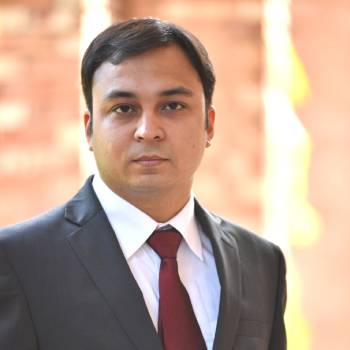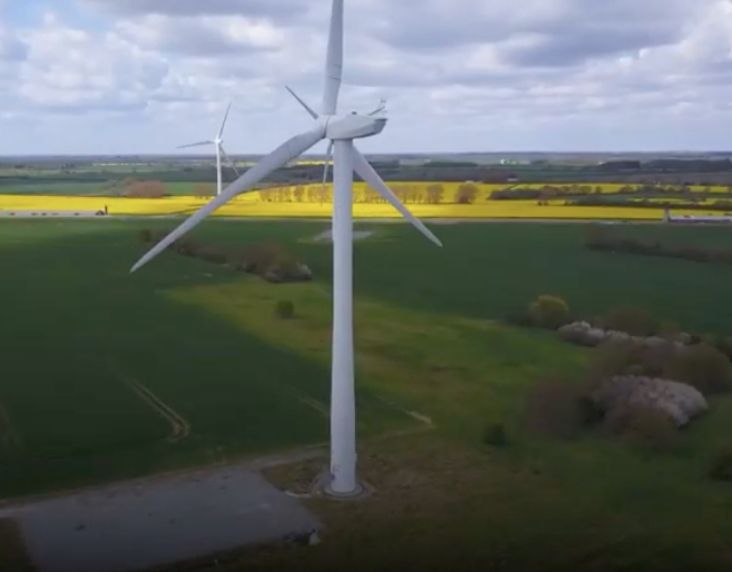As the world becomes more dynamic, complex, and data-driven, it is more important than ever to be agile, especially in industries such as utility where customers are demanding personalized products and ever-faster delivery. Essentially, utilities being an asset-intensive industry requires more attention towards the performance and reliability of their assets. With disruption happening at every point of the electricity value chain like introduction of renewables in grid, smart meter for two-way communication, virtual personal assistant (VPA) for field force, wearables for health and safety of workers, etc. Utilities must try to manage their asset productivity at full for quality uninterrupted power supply. Traditional ways of maintaining assets are neither cost-effective nor improving asset productivity as well as not very much emphasizing on performance and remaining expected life of an asset. There are a few disruptions that led to a rethink about asset management strategy.
Disruptions Impacting Asset Management Strategies:
- Aging Assets: Most of the asset is more than 30 years old vs the originally expected life span of 25 years
- Carbon Neutrality: Global commitment to achieve net-zero carbon by 2050
- Digital Disruption: Five extremely powerful digital forces- mobility, big data, social media, cloud computing, and artificial intelligence- are converging to make consumers more empowered than before
- Cyber Threats: Network infrastructure is increasingly threatened by bad actor’s intent on harming assets and disturbing grid operation
- Regulatory Compliances: With increasing regulatory pressure, utilities are required to track benefits of their investment in terms of performance and environment, health, and safety
Very few utilities can take full advantage of the enterprise asset management (EAM) suite even if they have implemented it long back. There are factors such as poor implementation, not using system standard functionality at full capability, and limited knowledge contributing to the overall effectiveness of asset management. Therefore, the utility is looking for measures to improve their asset management system for tighter integration with other OT systems in place like SCADA, Historian, GIS System, etc.
The new digital way of intelligent asset management practice will change the thinking of utility in a manner such that handling of routine or breakdown maintenance process of an asset can be tracked and executed with real-time visibility of asset condition, crew, and field situation, etc.
Traditional Best Practices - Steps
Step 1: Preventive maintenance/ Manual notification uses to trigger work order
Step 2: Manual scheduling of work order
Step 3: Crew Travel onsite to know asset status and required spares
Step 4: Follow up visit to finalize maintenance work
Step 5: Maintenance work confirmation and system updated
Future Practices
Step 1: Asset health predictions to trigger work orders
Step 2: Automatic dynamic allocation of the right resources
Step 3: Real time confirmation of maintenance execution and system update
Tech Mahindra as an organization is underlining a vision which can help redefine the overall journey from traditional to unlock value through future intelligent asset management systems. AssetRise is a Connected Asset Optimization Solution to improve the reliability and availability of physical assets of electricity, aater, RE (Solar, Wind, Hydro, Biomass) utilities while minimizing risk and operating costs.
Below are a few features of AssetRise:
- Connected Asset: High adaption of sensors in the industry helps to monitor asset health conditions in real- time. It helps in managing current and historical asset data to analyze to take business decisions. Connected assets is for asset performance management, real-time asset condition monitoring with diagnostics and predictive maintenance (AI and ML).
- Connected Field Force: Lack of integration and improper communication between the service desk, scheduling, and field service workers means they cannot respond to an assigned job immediately. The connected field force helps to improve in day-to-day operations such as crew optimization, auto scheduling, jeopardy management, fatigue management, real-time updates, etc.
- Replace manual transactions with digital processes: Most organizations around the globe still do paper-based transactions for day-to-day operational activity which cannot be tracked as to when information is needed. Manual effort is also required to record that information into the system. This will help the utility to see the operational transactions in real-time.
- Assessment for Utilization of standard functionality of EAM: Assessment should be done properly for existing EAM to find the standard function which utility is not using. It helps the utility to plan investment in defining the roadmap for their information and operation technology upgrades and implementation.
- Move to tactical and strategic asset maintenance strategy: This will help to provide alignment between the utility strategy, business model, stakeholder requirements, organizational goals, and resulting asset management objectives to ensure assets are managed and measured in creating and delivering value for the utility to move based on performance, availability, and reliability. It is needed to manage the entire lifecycle of assets effectively and efficiently.
- Recommendation management for continuous improvement: The recommendations provided by the different applications should be managed analytically for continuous improvement of the business processes. This will help to redefine strategy for asset management.
This is high time for the utility to shift its focus from traditional way of maintenance to tactical and strategic maintenance. It will help the utility to decide on TOTEX (OPEX & CAPEX) spending. Short-term and long-term capital investment projects must be in line with strategic asset management systems across the organization. Digital twins should be leveraged to enable the orchestration of complex system interactions between equipment installed. The utility must consider the solution which offers the capabilities to build and define, visualize, execute, and optimize asset maintenance strategies by providing the level of collaboration, interoperability, scalability, and analytical insights needed.
About the Author
Ravi Ranjan
Solution Architect, Energy & Utilities, Tech Mahindra
Ravi has over 12 years of experience in the energy and utility domain. His expertise in utilities includes asset and workforce management. He has 6.5 years of power generation industry experience. He is a certified product owner and has worked with major utilities in Australia, the UK, and the US. He has been a key speaker at several events, webinars and continues to express his views across articles, blog posts, and whitepapers.





